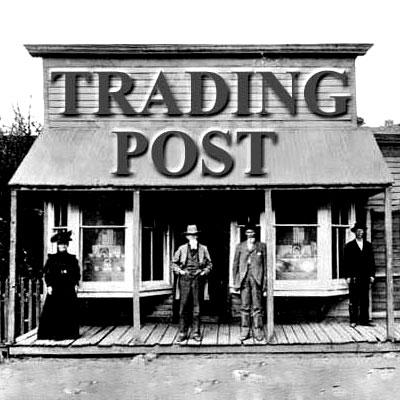
Trading Pieces, Part 2: Evaluating Trades
Hello! My name is Zach Kasiurak. I am a National Master living in Columbus, OH rated 2273 USCF and 2198 FIDE. I am seriously pursuing my chess career and looking to improve rapidly as a player and coach.
I have created my blog to provide insight into ideas or themes I have discorvered in my own games, games of my students, or in games of strong players. I hope to convey my personal struggles as well as successes in my own studies, my tournaments, and the coaching scenes.
Part 1: http://www.chess.com/blog/zkman/trading-pieces-part-1-forced-or-fantastic
Trading Pieces
In part 1, we overviewed a key concept of trading that is often overlooked. The concept of Forced or Fantastic demonstrates how crucial each trade and, in turn, each tempo can be in a chess game. Trades are not to be taken lightly!
Now, we will delve into another common misconception regarding trading and how to adjust to a better thought process. Trading a good piece for a bad piece is, of course, a very important concept in chess. However, this is not the entire story.
We will now look at the game Fischer-Petrosian, 1971. Fischer, a brilliant tactician and attacking player, often is overlooked for his deep positional understanding.
White has an advantage for numerous reasons:
- Better placed pieces
- Easily targetable weaknesses
- No clear weaknesses of his own
- ...Bd7-b5 trading off the bad bishop
- ...Bd7-c6 or b5 followed by ...Nf6-d7 trading white's strong knight
- ...a6-a5 with intentions of creating a weakness
Find the best trade!
